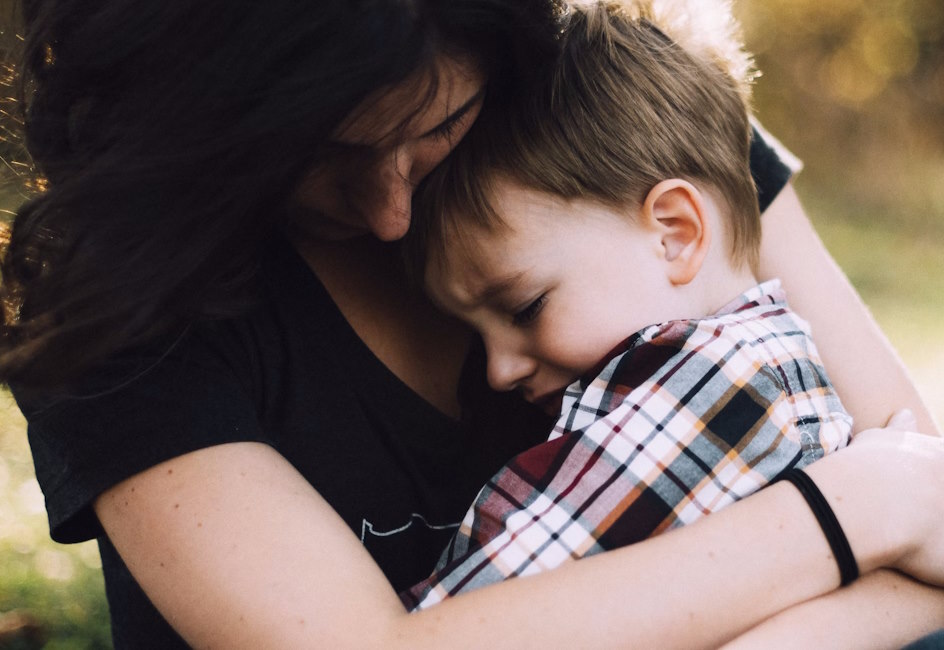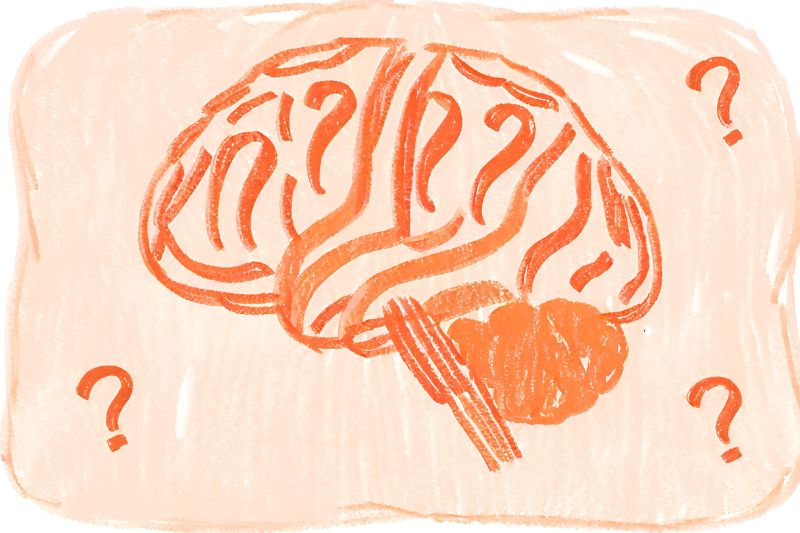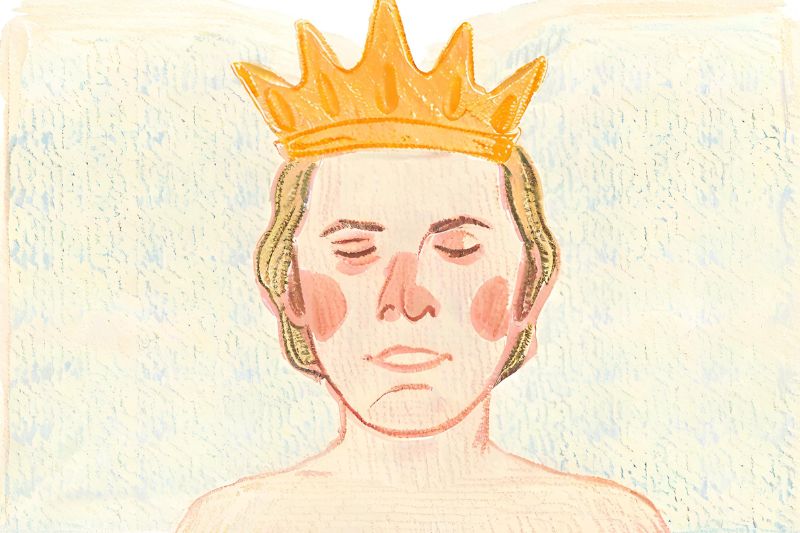ManageMinds Explains... Anxious Attachment Style
Attachment styles have become something of a hot topic. In the first of our ManageMinds Explains series, we provide a guide to anxious attachment style. It includes causes, symptoms and advice on how to heal.

Welcome to ManageMinds Explains. In this monthly series, we provide quick, easy-to-understand guides to complex mental health terms that have found their way into the modern lexicon. A lot of us throw these phrases around, but do we really know what we're talking about? With the help of these guides, you soon will!
We're kicking things off with a concept that often pops up when people are discussing all things love and relationships. It's time to dive into attachment theory, as we fill you in on what you need to know about anxious attachment style. Let's get started!
Attachment styles
Attachment styles were born out of attachment theory, which was spearheaded by psychologist John Bowlby in the 1950s. Bowlby proposed that the way we interact with our primary caregivers as children henceforth becomes our internal working model for relationships.
In other words, the parenting we receive and the bonding behaviours we witness from a young age shape our emotional development and thus come to define the way we approach future relationships.
Bowlby’s theory has been expanded upon by a number of psychologists (including Mary Ainsworth, Cindy Hazan and Phillip Shaver), who identified and labelled a number of specific attachment styles. The 4 most common types are:
- Anxious (sometimes called Preoccupied)
- Avoidant (sometimes called Dismissive)
- Disorganised (sometimes called Fearful-Avoidant)
- Secure
Anxious attachment style

Anxious attachment is one of the three main insecure attachment styles. It is thought to be the result of an inconsistent parenting approach. For example, when a child requests reassurance or comfort, sometimes the caregiver will offer it in abundance, but other times they will be cold or absent. This unpredictable treatment can cause a deep-seated fear of abandonment to develop in the child, which then plays out in their thoughts and behaviours as an adult.
Keep in mind that the individual may not be conscious of the fact that it is rejection and/or abandonment that they ultimately fear. This does not stop it from impacting how they select partners and navigate relationships.
Those with an anxious attachment style tend to have low self-esteem, in combination with an overly-positive assessment of others. They place a lot of value on their relationships but worry that they are more invested than their partners.
Unfortunately, the fears that plague those with an anxious attachment style often cause them to act in a manner that does indeed push other people away. As a result, their negative thoughts are confirmed and the cycle continues.
Do I have an anxious attachment style?
Maintaining a close relationship with another person can be hard work. Even those with a secure attachment style will occasionally fight with their partners or feel insecure in a relationship.
All of this is to say that having anxious tendencies does not necessarily mean that you have an anxious attachment style. However, if you are worried that you may be veering that way, here are some signs to look out for:
→ You often worry that your partner will leave you
→ You find yourself getting jealous when your partner interacts with other people
→ You require constant reassurance from your partner
→ You play scenarios in your head of your partner cheating on you
→ You feel clingy and needy towards your partner
→ You can easily become suspicious of your partner
→ You find it hard to be alone
Thankfully, attachment styles are not set in stone. Everyone can work towards developing a secure attachment type.
Healing anxious attachment

To begin the journey of healing your anxious attachment style, you need to do some introspection. Notice relationship patterns and habits that have not served you well, and consider how these could be informed by the nature of your upbringing.
Self-help techniques
It’s not always easy to identify destructive thoughts before they influence your behaviour. If you’re struggling to unpick your anxious attachment traits, start recording the thoughts and feelings that are having a negative impact on a relationship in your life. You can use this thought record worksheet to get started. By interrogating automatic negative thoughts, you will uncover the fact that there is little to no evidence supporting them. Over time, this robs them of their power to cause you distress.
Another key part of breaking free from an anxious attachment style is to work on your self-esteem. Each day, push yourself to list 3 things that you like about yourself. It’s extra effective if you can say them out loud whilst looking at yourself in the mirror.
You should also start practising gratitude using a gratitude journal. This simple process encourages you to focus on the positive aspects of your life, rather than wasting time on worrying about what could go wrong.
Therapy
The most effective way to understand and heal your anxious attachment style is by talking to a therapist. Uncovering issues from childhood can be a daunting and distressing process, so you should do so under the guidance of a trained professional.
To access straightforward and affordable therapy, head to the ManageMinds services page.
That completes our quick guide to anxious attachment style. Keep your eyes peeled for the next edition of ManageMinds Explains!
Post Date:
Author: Isobel Robb
Explore More Articles
3 Mental Health Myths Your Therapist Is Sick of Hearing
It's great that more people are talking about mental health, but not everything you hear is necessarily true. Don't fall for these 3 mental health myths!
Feeling Worried? Challenge Anxious Thoughts with These Simple Questions
Stuck in a spiral of anxious thoughts? Use these 3 simple questions to challenge negative thinking and adopt a healthier mindset.
ManageMinds Explains... Narcissists
Even wondered if you or someone you know may be a narcissist? In this guide we cover what narcissistic personality disorder is, as well as the signs you need to watch out for.


